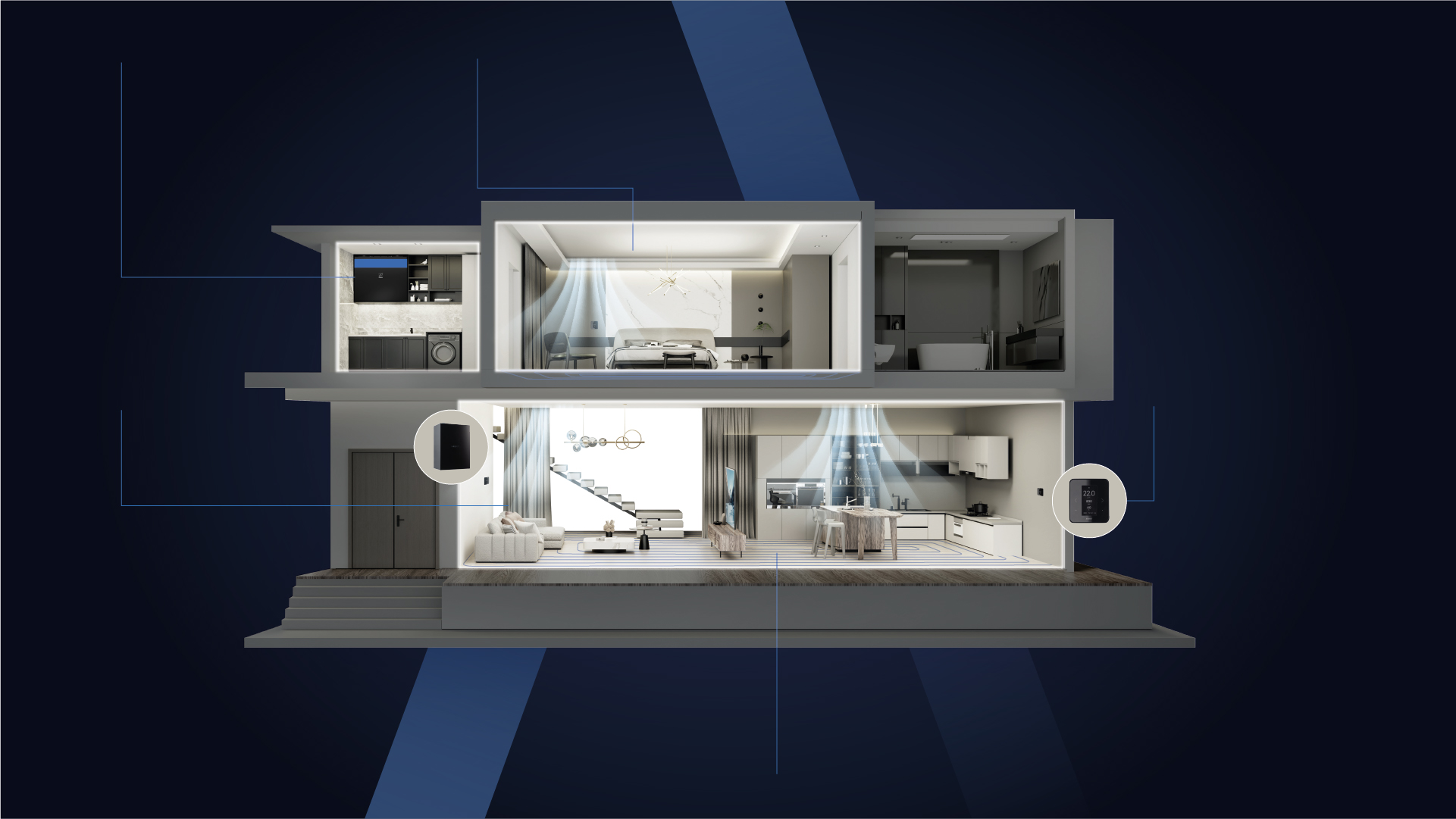You can’t see them. You can’t smell them.
But you breathe them in — thousands of times a day.
We’re talking about particulate matter (PM) — the tiny dust and droplet particles that come from combustion engines, forest fires, volcanic eruptions, burning candles, cooking, and more. They’re so small you’ll never see them — but your lungs will.
To give you an idea
PM2.5 is about 400 x smaller than a millimeter
PM1 is 1000 x smaller than a millimeter
You can’t see them, but they’re there. And when levels get high, they can cause real problems for your health and comfort.
Check out this quick video to see just how small particulate matter really is. We compare PM2.5 and PM1 to everyday things like a human hair, a Tic Tac, mustard seeds, and even a drop of water—you’ll be surprised how tiny (and sneaky) these particles are
Where does particulate matter come from?
Particulate matter comes from both outside and inside your home.
Outdoor sources include traffic, industrial areas, construction sites, forest fires, and pollen. If windows are open or you carry pollen in your clothes, it can also end up indoors.
But indoor activities also play a big part. Everyday things like:
- Cooking (especially frying)
- Burning candles
- Smoking
- Using fireplaces or wood stoves
All of these release fine dust and droplets into your home air—raising your indoor PM levels.
Why should you care about PM and your health?
Because what you breathe matters.
PM1 and PM2.5 are small enough to pass deep into your lungs—and even into your bloodstream. They often carry harmful substances like heavy metals or toxins with them. Over time, this exposure can lead to:
- Asthma and breathing problems
- Heart disease
- Reduced lung function
- Worsened health for children, the elderly, and anyone with chronic conditions
This isn’t just “a little dust.” It’s air pollution—right in your living room.
What can you do about particulate matter in your home?
First, know your numbers.
Get a sensor that tracks PM1, PM2.5, and PM10. There are plenty of options online that show real-time data on your indoor air.
Second, stick to the basics:
- Vacuum regularly with a good filter
- Use a damp cloth to dust instead of spreading particles around
- Keep windows closed on high-pollution days
Simple habits make a big difference.
Why ventilation matters
A proper ventilation system is like lungs for your home—it brings in fresh air and removes the bad stuff.
Airobot ventilation devices don’t just circulate air. They measure PM levels in real time and react automatically. They also use filters that catch even the tiniest particles—like PM1.
And you don’t need a separate monitor. It’s all built in.

No ventilation system? You’ve still got options
Not every home is built for a full ventilation setup, and installing one can be expensive. If that’s the case, go with:
- PM sensors to track your air quality
- Air purifiers with HEPA filters
HEPA stands for High-Efficiency Particulate Air. These filters capture 99.97% of particles as small as 0.3 microns—including PM2.5 and most PM1.
Think of it as your personal air bodyguard.
Stay informed and breathe better
The more you know, the better you can protect your home and your health.
Understanding particulate matter, its sources, and how to reduce it gives you real control over your indoor air quality. Whether it’s upgrading to Airobot ventilation, adding a sensor, or simply cutting back on indoor PM sources—every step counts.
Breathe easy. Live better.


